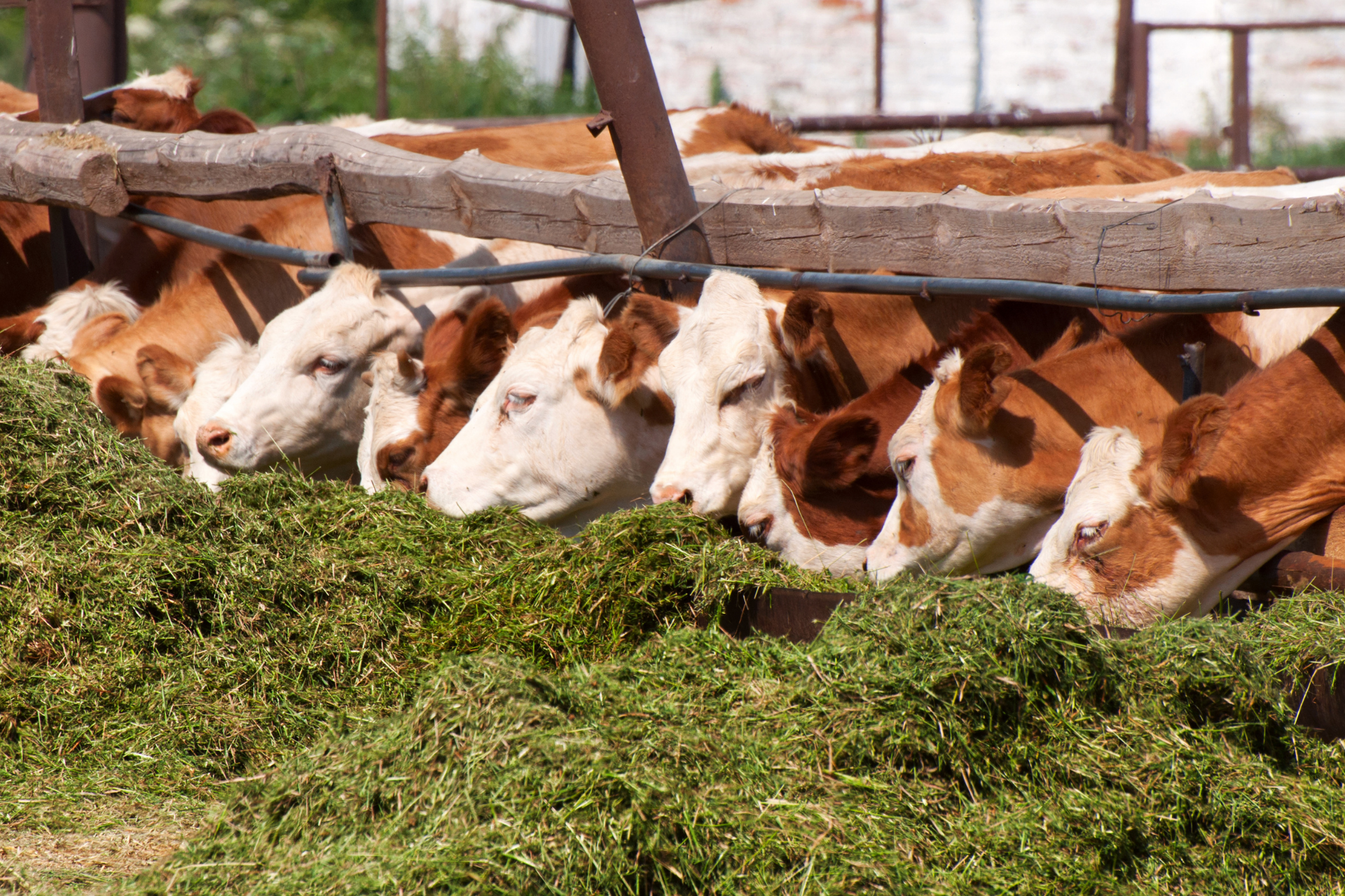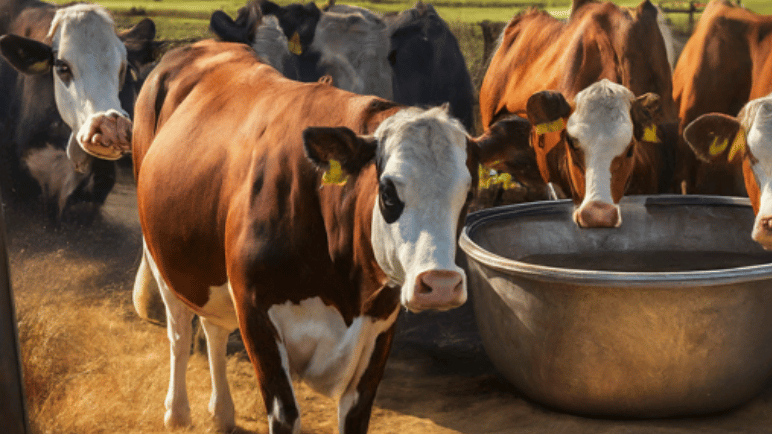
Understanding Dry Matter Requirement in Dairy Animals: How to Calculate?
A practical guidelines for calculating the Dry Matter Requirement in High lactating dairy animals
8/12/20243 min read


Understanding Dry Matter Requirement in Dairy Animals: How to Calculate?
Dry matter intake (DMI) is a crucial factor in the nutrition and overall health of dairy cows. It varies depending on several key factors, including body weight, stage of lactation, physiological state, and energy requirements. Understanding these factors is essential for optimizing cow health, milk production, and overall farm productivity.
Factors Influencing Dry Matter Intake
Body Weight:
The body weight of dairy cows plays a significant role in determining their DMI needs. Generally, cows require 2.5-3 kg of dry matter (DM) per 100 kg of live weight (LW). Heavier cows naturally require more DM to maintain their body functions and support milk production.
Stage of Lactation:
Lactation stages greatly influence the DMI of dairy cows:
First third of lactation: Cows need the highest intake of 2.8-3 kg DM per 100 kg LW to support peak milk production.
Second third of lactation: Intake slightly decreases to 2.6-2.8 kg DM per 100 kg LW as milk production stabilizes.
Third third of lactation: DMI reduces further to 2.2-2.5 kg DM per 100 kg LW as the cow prepares for the dry period.
Physiological State:
The physiological state of the cow also affects its DMI:
Lactating period: Cows require 2.5-3 kg DM per 100 kg LW to sustain milk production.
Mammary break period: During this period, the requirement drops to 1.6-2 kg DM per 100 kg LW, reflecting the lower energy needs.
Number of Lactations:
Primiparous cows (first-time mothers) typically consume about 2 kg less DM than multiparous cows (those that have had multiple calves). This difference is due to their lower body weight and milk production.
Energy Requirements:
Cows with increased energy demands, such as those in high production periods, will require higher DM intake. Ensuring an adequate energy supply through proper DM intake is vital for maintaining health and production levels.
Ensuring Adequate Dry Matter Intake
To meet the dry matter needs of dairy cows, rations must be carefully balanced to satisfy three key conditions:
Adequate Physical Structure:
The physical structure of the ration is crucial for proper digestion and milk production. It’s recommended that fiber and coarse forages be minced or chopped to 1 cm and fed in quantities of at least 3 kg per head per day. This practice enhances digestion and supports higher milk yields. However, finely chopped forages can reduce milk fat content and lead to disorders such as ketosis and infertility.
Optimum Load Coefficient:
The optimum load coefficient is the ratio of DM content to energy intake (kg DM/UFL). It should vary according to the cow's productive level. An ideal cellulose content in the ration is between 25-30%. Exceeding this limit can cause acidosis, while lower levels may lead to ketosis.
Optimal Rumen Fermentation:
Acetic fermentation in the rumen is essential for improving both the quantity and quality of milk. This can be achieved by controlling the diet, specifically through the preparation and order of forage administration. For best results, fibrous forages should be fed first, followed by succulents and concentrates. Administering fibrous forages more than an hour before concentrates enhances cellulose digestion and promotes a better balance between acetic and propionic acids in the rumen.
Satiety Unit for Lactation (USL)
Given the broad variability in DMI due to discrete forage administration, the concept of "satiety units" (USL) has been introduced. This system uses high-quality pasture grass with specific digestibility, protein, and cellulose content as a reference. For example, 1 kg of DM from this reference forage corresponds to a satiety value of 1 USL for an adult cow weighing 600 kg, producing 25 liters of milk per day with 4% fat. This cow would need to ingest 140 g DM per kg G^0.75, or 17 kg DM per day of pasture grass.
The calculation of the USL allows farmers to tailor rations more precisely to meet the nutritional needs of their dairy cows, ensuring optimal health, productivity, and milk quality.
By understanding and applying these principles, dairy farmers can optimize dry matter intake for their herds, leading to healthier cows and higher milk
Conclusion
Accurately determining the dry matter requirement for dairy animals is crucial for their overall well-being and productivity. By understanding the factors affecting DMI and applying proper calculation methods, dairy farmers can optimize their feeding strategies, ensuring their animals receive adequate and balanced nutrition. Continuous monitoring and adjustment of feed rations will help in maintaining optimal herd performance.
